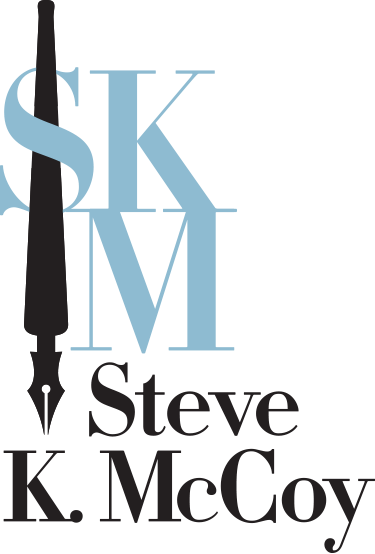 My beautiful
wife, Molly, has had some severe back/neck issues for a few weeks now. It has been causing her tremendous pain, significant muscle weakness, numbness in her arms and legs, dizziness and loss of balance, and more. We assumed it was a pulled muscle or a pinched nerve, but a visit to the doctor said otherwise. He said the symptoms didn't match something all that simple. He gave her a few days to see if it started to improve. It didn't.
My beautiful
wife, Molly, has had some severe back/neck issues for a few weeks now. It has been causing her tremendous pain, significant muscle weakness, numbness in her arms and legs, dizziness and loss of balance, and more. We assumed it was a pulled muscle or a pinched nerve, but a visit to the doctor said otherwise. He said the symptoms didn't match something all that simple. He gave her a few days to see if it started to improve. It didn't.
So our doctor sent Molly to get a battery of MRI's for her back, neck, & head. He called on Saturday to deliver some bad news. Our doctor told Molly she has Chiari (pronounced kee-AR-ee) Malformation, which is a "developmental anomaly at the base of the brain which results in the downward displacement of some of the brain's structures into the spinal canal" (via). "The resulting pressure on the cerebellum can block the flow of cerebrospinal fluid (the liquid that surrounds and protects the brain and spinal cord)" (via). Molly has had this neurological issue her whole life, but as often happens with this problem, the symptoms don't develop until adulthood (via).
Though we don't see the neurologist and get his thoughts and official diagnosis until tomorrow (things may be a little different in the eyes of a specialist), I thought it would be helpful to explain to my readers what Chiari Malformation is and the possible treatment my wife faces.
If the diagnosis is correct there are two courses of possible action as we understand it. 1. Treat the symptoms, or 2. Surgery. Merely treating the pain seems absurd at this point since her limbs go numb all through the day, she has come close to falling from balance issues, etc. Pain treatment won't do anything for these problems. So it would seem that surgery is the only option.
 "Surgery is the only treatment available to correct functional disturbances or halt the progression of damage to the central nervous system" (via). The key is "creating more space at the region of the foramen magnum to allow the spinal flow in this area to return toward normal" (via). To do this the neurosurgeon would make an incision into the back of Molly's head and upper neck, remove some of the very back of the skull and possibly C1 and maybe even C2 (picture at right), and create space among the membranes in that area (via). Learn more details of the surgery here, and a helpful series of illustrations here.
"Surgery is the only treatment available to correct functional disturbances or halt the progression of damage to the central nervous system" (via). The key is "creating more space at the region of the foramen magnum to allow the spinal flow in this area to return toward normal" (via). To do this the neurosurgeon would make an incision into the back of Molly's head and upper neck, remove some of the very back of the skull and possibly C1 and maybe even C2 (picture at right), and create space among the membranes in that area (via). Learn more details of the surgery here, and a helpful series of illustrations here.
We are going to the neurologist tomorrow at 1pm (central time) to hear his diagnosis and approach to treatment.
Though our doctor seems quite confident of the diagnosis and we trust him, we are being a little reserved until the neurologist gives us his opinion. I've heard too many stories of misdiagnoses. Stay tuned for more info tomorrow after the appointment. And if you think of it would you please pray for Molly.
